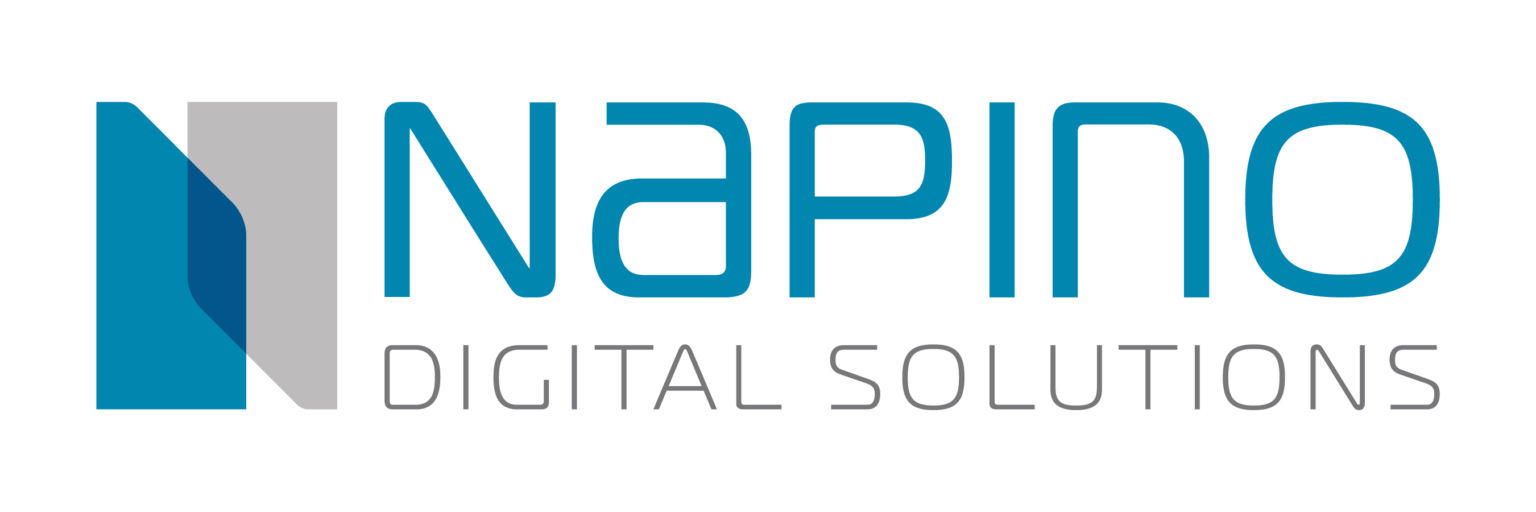Sometimes, when new terminologies and phrases start to be used it can happen so quickly that we miss the opportunity to challenge them. The Internet of Things, or IoT, is one example. We all recognize the term but what does it really mean? Some say that it has to be vague because it cannot be defined as any single ‘thing’. After around 20 years, the IoT is still used differently by different people, but there is a general understanding and acceptance that if a device is connected to the internet, then that device is part of the IoT.
Digital transformation is a more recent example that builds on the IoT. However, unlike IoT, digital transformation is perhaps easier to understand. If we take the first word, digital, then we can define that as a way of presenting something using discrete levels. Typically, it would be a combination of binary digits or bits. So far, so good; most people understand the concept of data and storing it in a digital format.
Looking at the second word, transformation, then we can refer to a dictionary definition and assume it means a change, characterized by the change being permanent. In biology, this would be a metamorphosis. In physics, it would be at the nuclear level. In commerce, it would be at the process level.
Napino Digital Solutions can provide many examples of how it helps its customers through its digital transformation process. For example, one customer’s objective was to provide assurances to the owners of valuable assets that they were being handled correctly when in transit. The traditional way of doing this would be to inspect the asset at the beginning and the end of its journey, but this doesn’t provide any insight into how the asset was transported. The digital transformation in this case involved bridging the knowledge gap between the start and end of the asset’s journey. To do this, Napino’s team of engineers developed a remote data logger to track assets in real-time, allowing its customers to gain insights by analyzing the data this provided. This included location, as well as the environmental conditions, such as the shock and vibrations that the asset was exposed to in transit.
In another example, a customer wanted to differentiate its service by demonstrating a commitment to safe operations and the safety of its truck drivers. The objective, in this case, was to provide a driver assistance system that monitors the distance between the truck and any vehicle it may be following. The solution, an example of an Advanced Driver Assistance System (or ADAS), demonstrates how technology is becoming more integrated into every aspect of modern life. This particular example provided real-time insights into operations, allowing the operator to improve their bottom line.
In both examples, the solution needed to fit the objective. In addition to applying technologies such as GPS monitoring and forward-looking cameras, to gain insights from that data, the approach taken involved understanding the objective and developing a system that met that objective.
This is where digital transformation and digital technology diverge. The approach will inevitably require digital technologies, but the transformation comes from applying those technologies in the right way. Napino is an experienced ODM, providing electronic design and manufacturing services, but it is fundamentally your partner in problem-solving.
In this context, digital transformation means permanently changing the way we do business by introducing digital technology. It is a permanent shift in activity. Arguably, humankind has been going through a technological transformation since the first tools were used. In a more modern context, the telephone represents a real landmark in technology. We could continue this line of thought and say the teleprinter and fax machines were early examples of digital transformation. Today’s examples of digital transformation are much more sophisticated. They often involve complex systems that include sensor fusion, powerful processing, cloud-based data analysis, and actionable insights.
As with any commercial activity, there needs to be a good reason for doing it. In a manufacturing environment, the basic objective is to create a product as efficiently as possible, that can be sold to a customer. In a service industry, there will still be a customer, but the product may be less tangible. In either example and effectively all cases, the aim is to bring down operational costs and increase profit margins.
Digital transformation does this through adding and subtracting. What it adds is often repeatability, objectivity and reliability. What it subtracts could be variability, subjectivity and fallibility. in most cases, one major factor will be increased visibility into the organisation’s operation. In order to get the best results from digital transformation, it is important that the objective is defined; gaining visibility into operations is not necessarily the objective but it is crucial in achieving it. In order for any solution to be deemed a success, it needs to be effective in enabling the organization to achieve that objective.
You could benefit from working with an ODM that understands how to deliver digital transformation. Napino is experienced in understanding its customer’s objectives and delivering real solutions. If your digital transformation is ready for that, please contact us today.






